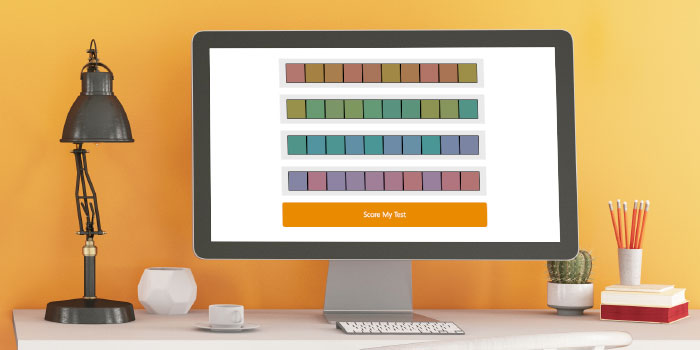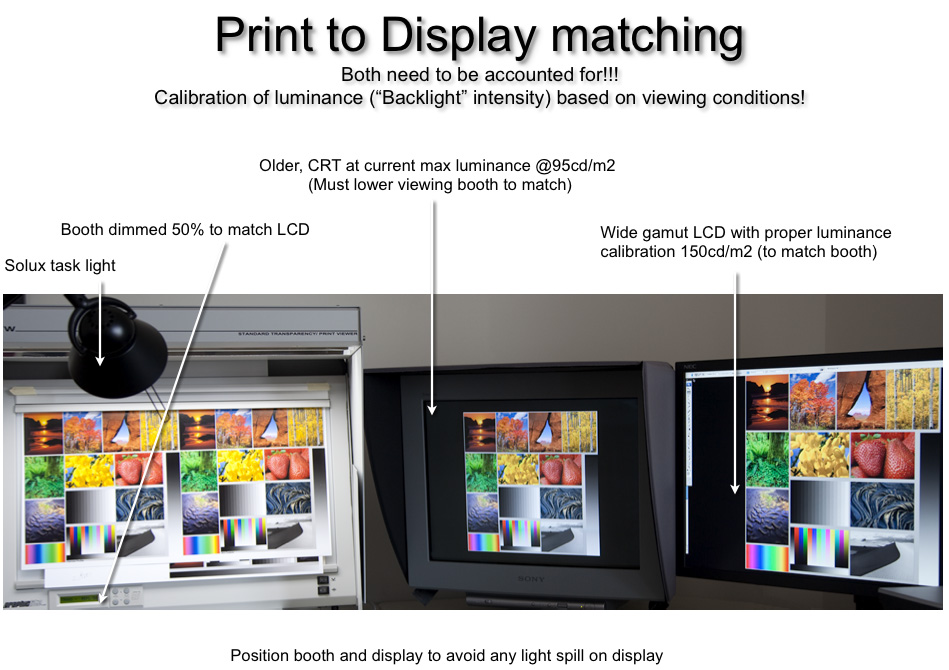You presumption is incorrect.I presume you mean that turning down the monitor brightness lets you adjust the image in LR or PS so it will look more like what the print looks like because your print illumination is lower relative to your normal display.
If the monitor is not calibrated, the image will appear to be too blue. With post processing the image can be adjusted so it looks correct on the monitor. If that processed file is printed, it will now be way too red/yellow. If the monitor is correctly color calibrated, then when the displayed image is adjusted to taste, the final print will match. The same happens with monitor brightness. If the image on the monitor appears bright because the monitor is set too bright, then processing would set the image so that it prints too dark. If the monitor brightness is turned down, then processing will be needed to lighten the image so it looks correct on the monitor. I find it is not possible to turn my monitor dark enough to avoid dark prints but I can come pretty close.
So the image appearance is adjusted with post processing so that it matches the maker's intentions. If the monitor calibration, including brightness, is correct, the final print will also match the maker's intention.
--
Jim, aka camperjim
http://www.specialplacesphoto.com
Last edited:


